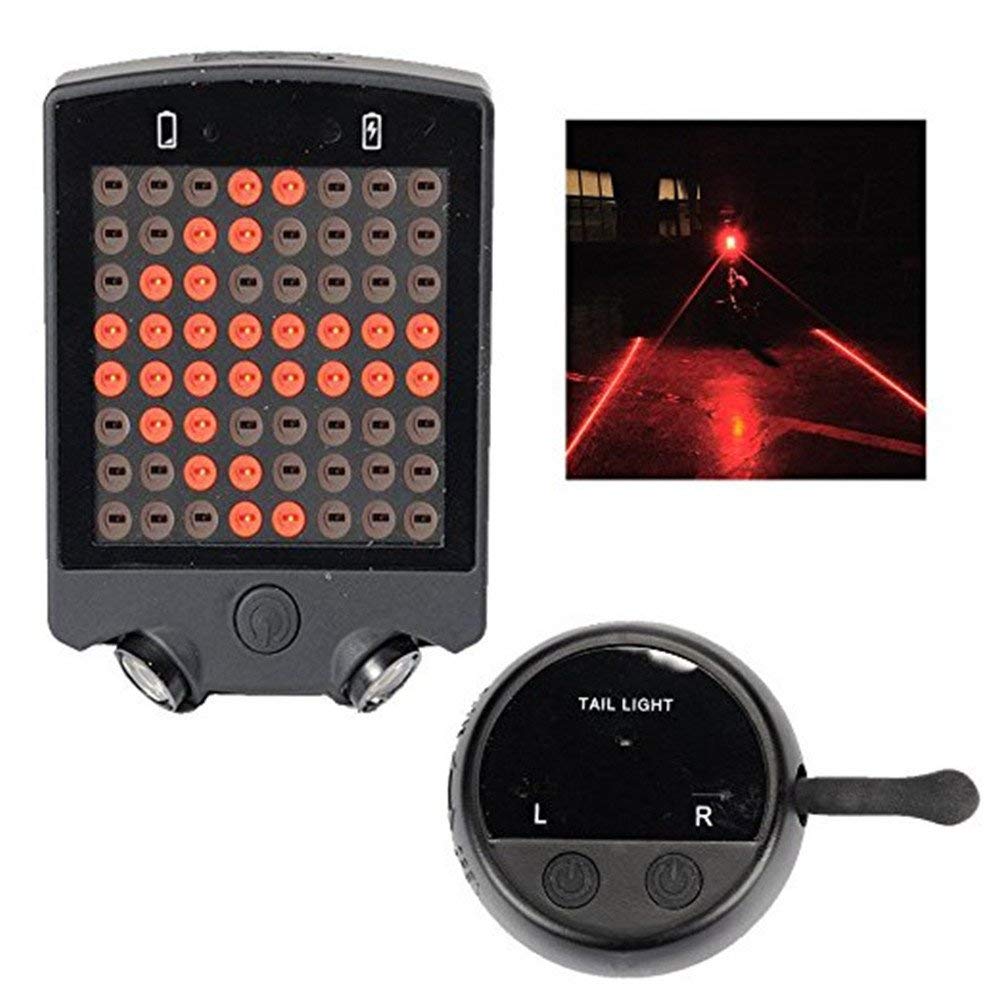
Exclusive Bicycle Phases that permit “Scramble” Phases: Bicycle signal faces shall not be used to provide a bicycle phase that stops all motorized vehicles and pedestrians at the signalized location in order to allow multiple bicycle movements from multiple conflicting directions.The following are among the applications of bicycle signal faces that shall not be permitted under IA-16: If discernible non-concurrent activations or terminations of phases for motorized vehicular traffic and bicycle signal indications are necessary, visibility-limiting devices should be used on the bicycle signal face.Providing enough clearance time for a bicyclist to travel through the intersection or conflict area is the purpose of the red clearance interval, not of the yellow change interval. The exclusive function of the yellow change interval shall be to warn bicyclists approaching a signalized location that their permission to proceed is being terminated after which they will be directed to stop. The maximum duration of the yellow change interval should be 6 seconds.The minimum duration of the yellow change interval shall be 3 seconds.Timing: The provisions of Section 4D.26 apply to the duration of the yellow change and the red clearance intervals of a bicycle signal phase except as follows:.“Everyone is responsible for knowing and following the rules of the road, regardless if they drive a car or ride a bike.Signal Timing and Phasing for Bicycles What does the FHWA MUTCD IA-16 state about timing and phasing?
Bike signals drivers#
“Our research shows that drivers and cyclists alike are both concerned about each other and their safety,” Wagenschutz said.

However, whether you’re riding in a group or you’re out on your own, get in the habit of using hand signals to communicate your next move-it could be vital in preventing an accident. What’s most important is nailing down the turning, slowing, and stopping motions mentioned earlier. These signals can vary, and they are a general courtesy to other riders, but they don’t necessarily apply to individuals traveling alone. Preparing to stop: place a fist or the back of your open hand on the small of your back.Loose gravel: point your arm down at a 45-degree angle and wiggle your fingers.Road hazards ahead: point in the direction of the hazard and rotate your arm in circles.Other Hand Signalsīeyond those three basic motions, some additional hand signals exist so that cyclists can communicate with each other individually or in group ride settings. If you need a helpful visual, this video from the League of American Bicyclists demonstrates each of the signals above.įor those new to getting around on two wheels, it’s a good idea to bring your bike to an empty parking lot or a safe open riding space to practice steering with one hand as you use the other to signal you may feel off balance at first, but practice makes perfect. When slowing or stopping: Extend your left arm out at a right angle with your hand open, palm facing up behind you. When making a right turn: Fully extend your right arm out to the side (preferred although not universally recognized legally in some states), or bend your left arm up at a right angle with your hand in a flat position (this motion is less commonly used but is sometimes the prescribed legal method-it depends on where you’re riding). When making a left turn: Fully extend your left arm out to the side, pointing with a finger if you’d like. Keeping that in mind, the National Highway Traffic Safety Administration has three primary motions that bike riders should use to indicate imminent changes in travel direction or speed: “Although these laws are largely the same between states, there are variances in hand signals between some states-mostly pertaining to the Right Turn indication.” “Each state has the authority to set its own traffic laws,” he said.

But be aware of some variation in local guidelines, cautions Kyle Wagenschutz, vice president of local innovation at PeopleForBikes. Simplicity is best when trying to communicate quickly and effectively on the road, and cyclist hand signals are easy to learn. If you’re new to commuting by bike, here’s a quick guide to cycling hand signals to remember.


 0 kommentar(er)
0 kommentar(er)
